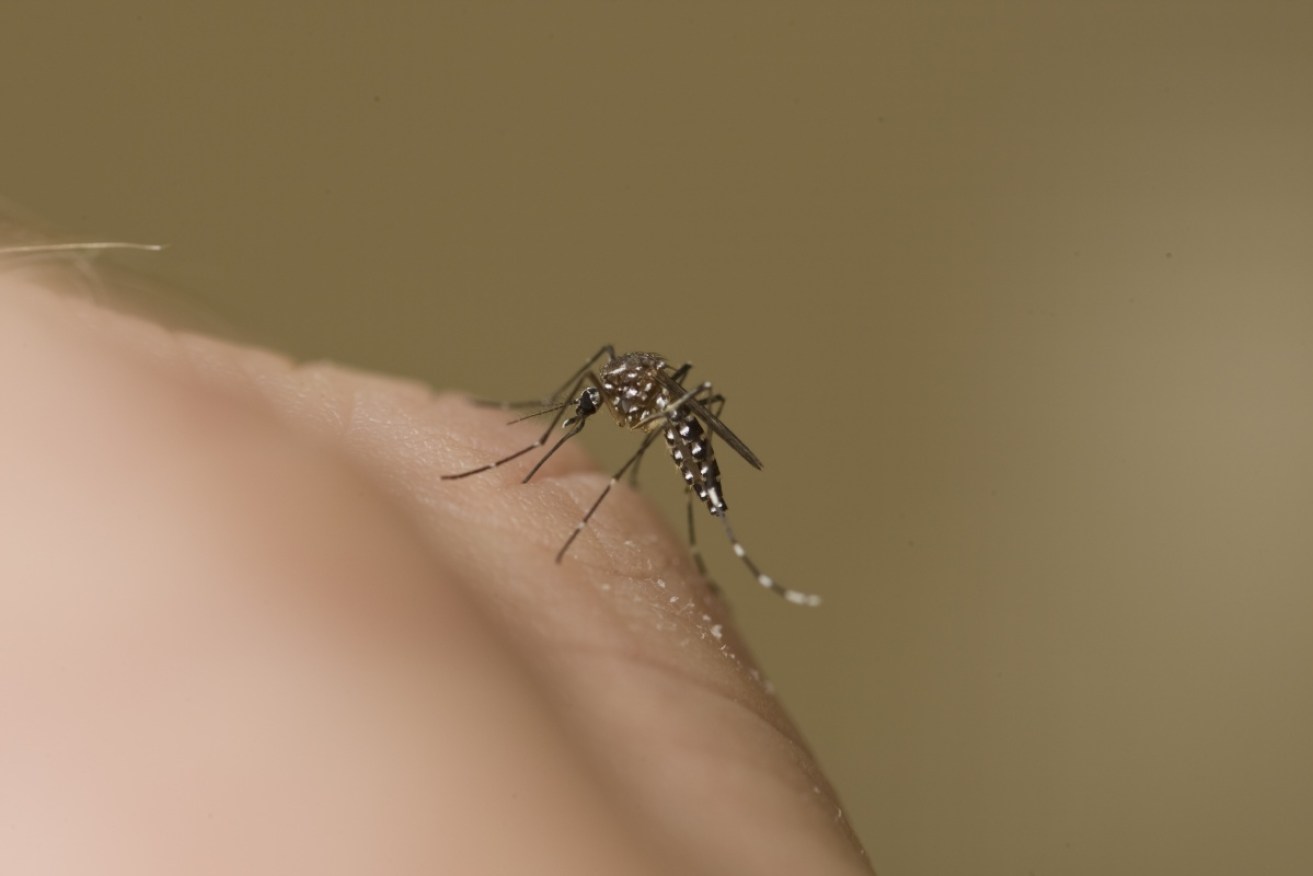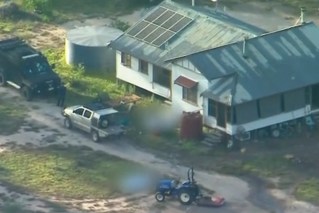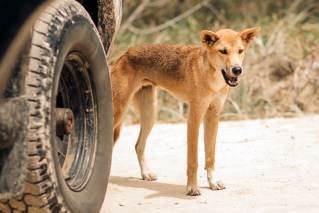Scientists fear major encephalitis outbreak

Three Victorians have so far died from the mosquito-borne Murray Valley encephalitis virus. Photo: AAP
There’s been 31 confirmed human cases and six deaths so far this year, and the virus may be endemic in Australia, researchers from Brisbane’s QIMR Berghofer Medical Research Institute said.
About 99 per cent of cases are asymptomatic but some people experience severe infections, which can cause severe symptoms including convulsions, paralysis and coma.
QIMR Berghofer researchers say a third-consecutive La Nina has likely created new wetlands where the JEV-carrying Culex annulirostris mosquito can breed, increasing the likelihood of the virus spreading to humans, pigs and wetland birds.
Commercial piggery outbreaks could put anyone living within four kilometres at risk of catching JEV if they’re bitten by mosquitoes, which could be up to 740,546 people, modelling published in the Oxford Academic’s Clinical Infectious Diseases journal on Thursday.
Study author Associate Professor Greg Devine says Australians living near populations of wading birds may also be at risk.
“We are extremely concerned about further outbreaks of Japanese encephalitis in Australia because of this third consecutive La Nina year,” Assoc Prof Devine said in a statement on Thursday.
“The wet and warm weather creates the right environment for mosquitoes to proliferate and may encourage changes in the distributions of the wild birds that maintain the virus during Australia’s winter months.
“Most Australians have not been exposed to the virus before so they have no immunity. We are urging people to take precautions.
“The best protection is vaccination, but currently that’s not available to everyone. The next best protective measure is to avoid being bitten by a mosquito.”
Associate Professor Laith Yakob, an epidemiologist from the London School of Hygiene and Tropical Medicine, said the modelling will help authorities work out the number of vaccine doses needed to deal with a major outbreak.
The modelling will also show the geographic locations where vaccines need to be targetted.
“The models also help us identify locations for enhanced surveillance efforts to better protect Australian residents in future mosquito seasons,” Assoc Prof Yakob added.
Fellow study author Associate Professor Ricardo Soares Magalhães, from the University of Queensland, said JEV was devastating to commercial piggeries, causing abortions and stillbirths.
There is no vaccine available for pigs yet, so farmers are trying to protect herds from mosquitoes.
Most horses are asymptomatic when they contract the virus, but the fatality rate among those that develop symptoms, particularly foals, is about 50 per cent.
“It is very debilitating,” Assoc Prof Magalhães added.
“So far, we don’t have any confirmed cases in the equine industry in Australia which is really good news, but that doesn’t mean we won’t see cases in the next few months.”
– AAP








